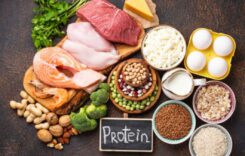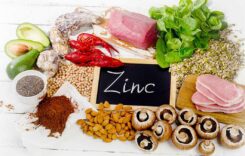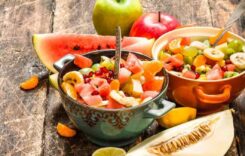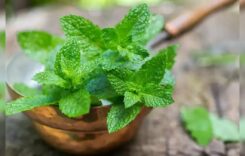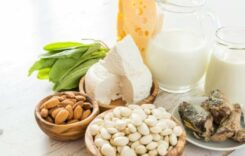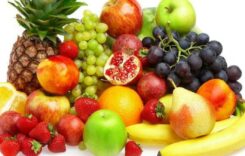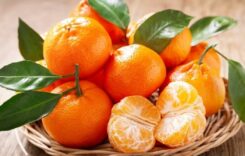Devouring a greater amount of these food sources could further develop your stomach wellbeing.
Expanding research proposes that admission of prebiotics, explicit sorts of fiber regularly present in plants that advance great stomach microorganisms, adds to a reasonable stomach microbiome. In a new report, scientists evaluated the prebiotic levels in various food assortments by referring to existing examinations to figure out which food varieties offer the most elevated prebiotic content.
Top Prebiotic-Rich Food sources Recognized
As per the review, food sources that pack the best prebiotic punch are dandelion greens, Jerusalem artichokes, garlic, leeks, and onions. As well as supporting stomach organisms, prebiotic-rich food varieties contain high measures of fiber — something most Americans don’t get enough of.
“Eating prebiotic-dense foods has been indicated by previous research to benefit health,” said Cassandra Boyd, a master’s student at San José State University who conducted the research with Assistant Professor John Gieng, Ph.D. “Eating in a way to promote microbiome wellness while eating more fiber may be more attainable and accessible than you think.”
Boyd as of late introduced the discoveries at Sustenance 2023, the leader yearly gathering of the American Culture for Nourishment held July 22-25 in Boston.
Prebiotics versus Probiotics
Prebiotics, which can be considered nourishment for the microbiome, are unique in relation to probiotics, which contain live microorganisms. Both might possibly benefit microbiome wellbeing, yet they work in various ways.
Studies have connected higher prebiotic consumption with further developed blood glucose guideline, better ingestion of minerals like calcium, and markers of worked on stomach related and safe capability. Albeit most dietary rules don’t as of now indicate a suggested day to day stipend for prebiotics, the Worldwide Logical Relationship for Probiotics and Prebiotics — a non-benefit logical association that laid out the right now held meaning of prebiotics — suggests an admission of 5 grams each day.
Itemized Discoveries of the Review
For the review, specialists utilized recently distributed logical discoveries to break down the prebiotic content of 8,690 food varieties contained in the Food and Supplement Data set for Dietary Examinations, an asset numerous researchers use to concentrate on nourishment and wellbeing.
Around 37% of the food varieties in the data set were found to contain prebiotics. Dandelion greens, Jerusalem artichoke, garlic, leeks, and onions had the best sums, going from around 100-240 milligrams of prebiotics per gram of food (mg/g). Other prebiotic-rich food sources included onion rings, creamed onions, cowpeas, asparagus, and Kellogg’s All-Wheat oat, each containing around 50-60 mg/g.
“The findings from our preliminary literature review suggest that onions and related foods contain multiple forms of prebiotics, leading to a larger total prebiotic content,” said Boyd. “Multiple forms of onions and related foods appear in a variety of dishes as both flavoring and main ingredients. These foods are commonly consumed by Americans and thus would be a feasible target for people to increase their prebiotic consumption.”
In light of the group’s discoveries, Boyd said an individual would have to consume roughly 50% of a little (4-ounce) onion to get 5 grams of prebiotics.
Wheat-containing things rank lower on the rundown. Food sources with almost no prebiotic content incorporate dairy items, eggs, oils, and meats.
The specialists trust the review will give a premise to assist different researchers with evaluating the wellbeing effects of prebiotics and illuminate future dietary rules. They noticed that more examination is expected to comprehend how cooking influences prebiotic content and to more readily survey food varieties that contain various fixings.

